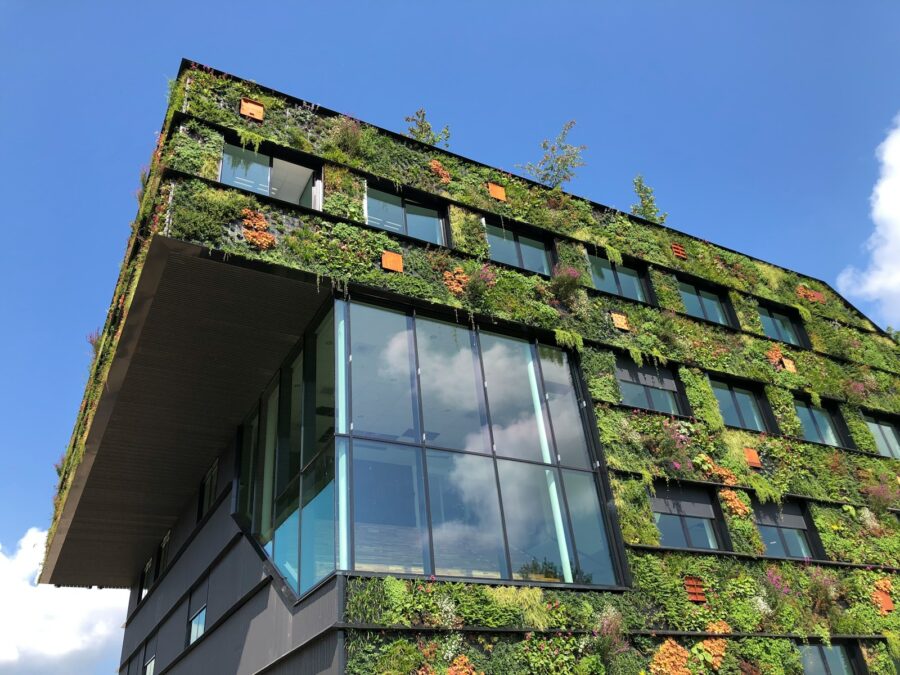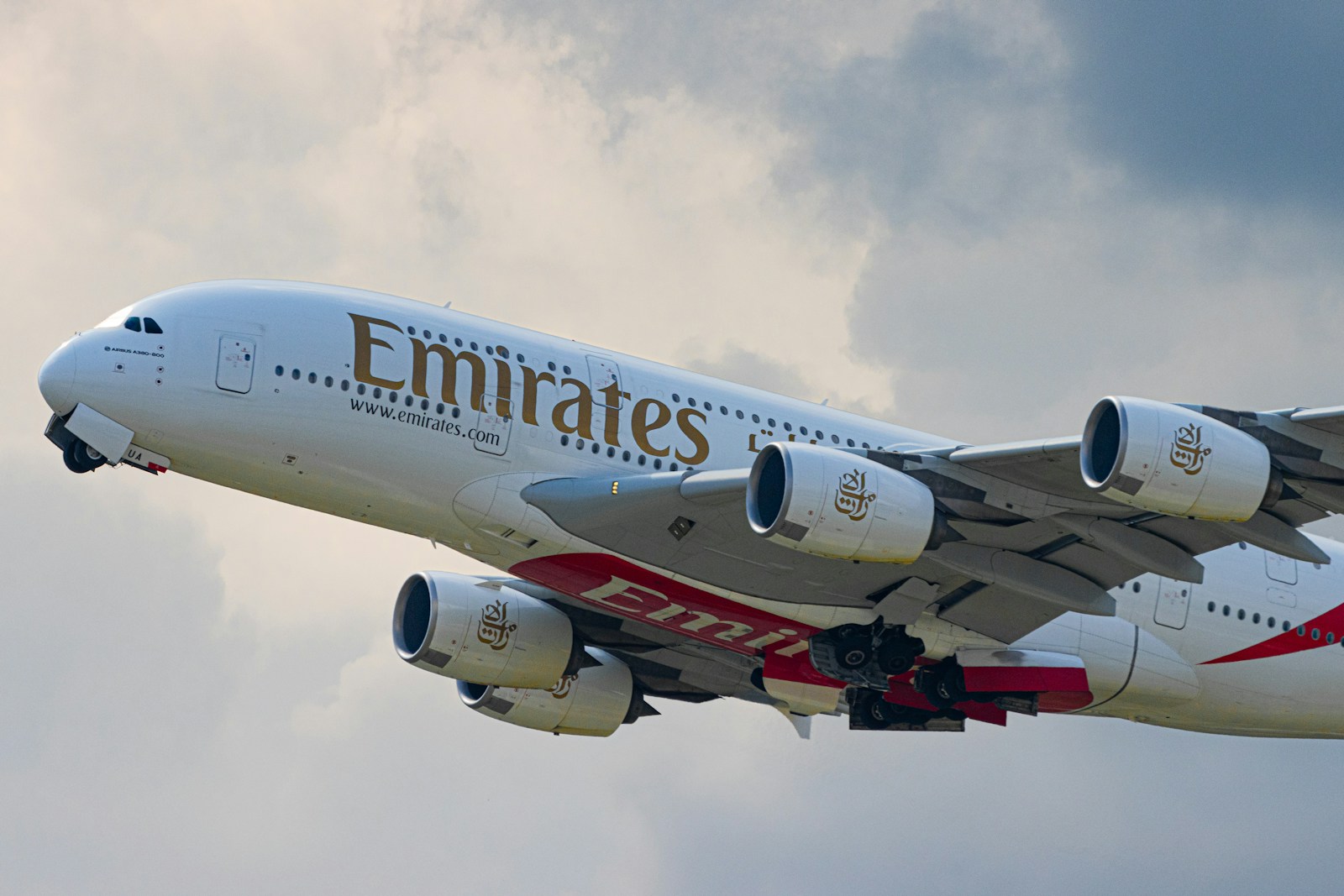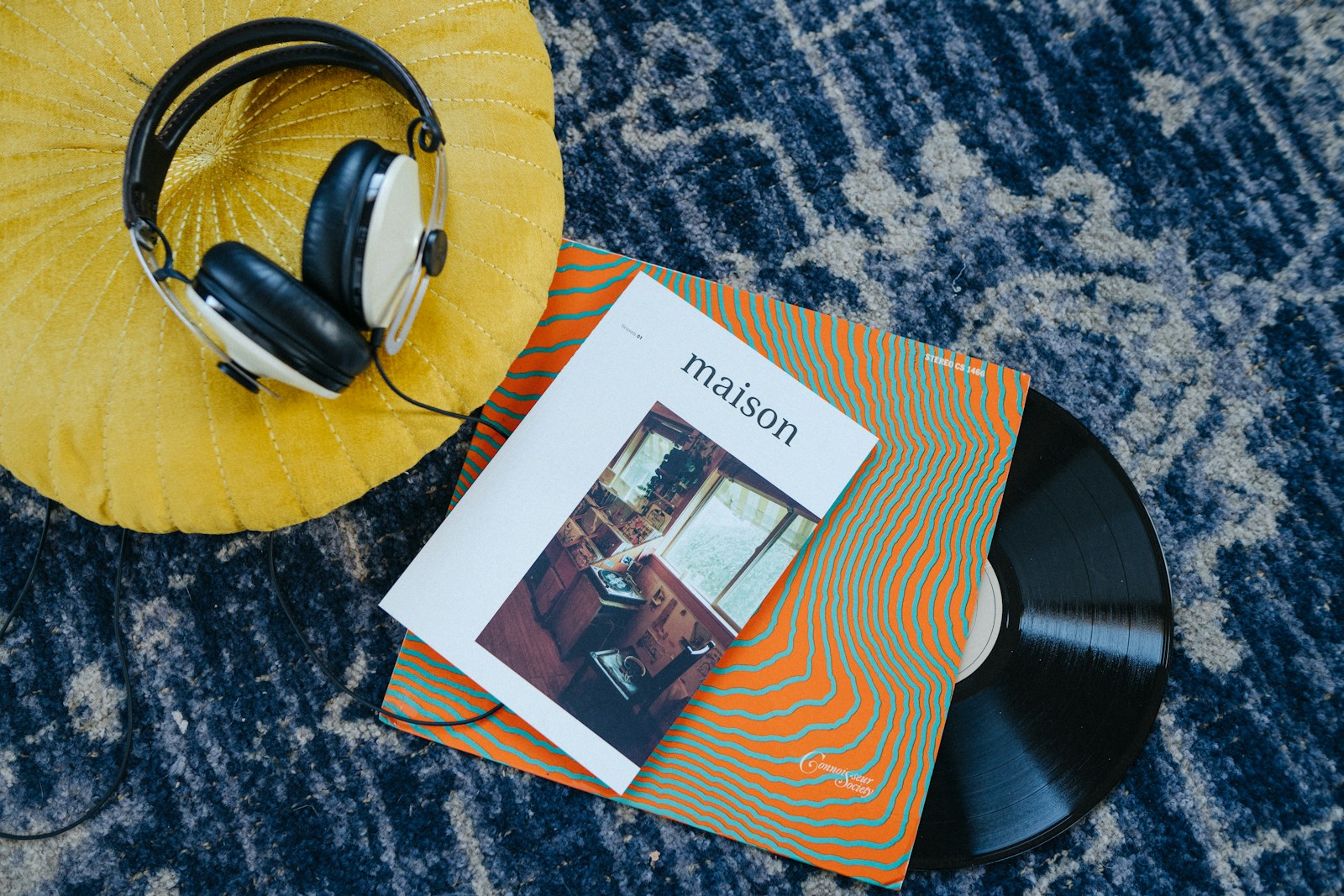Exploring the Integration of Environmental Sustainability in Urban Architecture
The Foundation of Sustainable Urban Development
At the core of Sustainable Urban Development in Smart Cities are green buildings—structures designed to reduce the overall impact of the built environment on human health and the natural environment. Cities like Dubai and Riyadh are leading the way in this initiative, integrating green building standards with smart technology to create urban spaces that are not only technologically advanced but also environmentally sustainable. This approach supports the cities’ broader goals of increasing energy efficiency, reducing carbon emissions, and promoting environmental stewardship among their residents.
Technological Innovations Driving Green Building Practices
Advanced technologies including Artificial Intelligence (AI) and the Internet of Things (IoT) are now at the forefront of driving sustainability in urban development. In smart cities across the UAE and Saudi Arabia, AI is used to optimize building energy use, while IoT sensors monitor and control indoor environmental conditions in real time. These technologies ensure that green buildings operate at peak efficiency, contributing to the overall goal of reducing urban carbon footprints while enhancing living conditions.
Regulatory Frameworks and Green Building Standards
Supporting the rise of green buildings in smart cities are robust regulatory frameworks that encourage sustainable construction practices. In Dubai, for example, the Green Building Regulations and Specifications are designed to improve the performance of buildings in terms of energy, water, and materials usage. Riyadh is similarly adopting stringent standards that require new developments to incorporate sustainable design principles from the ground up, ensuring that these structures contribute positively to the city’s environmental goals.
Impact of Green Buildings on Urban Health and Well-being
Green buildings contribute significantly to urban health and well-being by providing environments that enhance occupant comfort and health. Utilizing natural materials, advanced ventilation systems, and improved indoor air quality, green buildings in cities like Riyadh and Dubai help to alleviate the health burdens associated with urban living. Moreover, the integration of plant life and green spaces within urban developments can mitigate the urban heat island effect, significantly cooling cities during hot months.
Challenges in Implementing Green Building Techniques
Despite the benefits, the integration of green building techniques in urban development faces several challenges. High initial costs, technological complexity, and the need for specialized skills are significant barriers. However, with targeted educational programs, executive coaching, and robust change management strategies, these hurdles can be overcome. Leaders in urban development are now focusing on creating a skilled workforce that can implement and manage these advanced, sustainable systems effectively.
Enhancing Energy Efficiency through Smart Design
Energy efficiency is a cornerstone of sustainable urban development, particularly within the context of green building initiatives in smart cities such as Dubai and Riyadh. Through the strategic use of building orientation, window placement, and thermally efficient materials, these cities are maximizing natural light and optimizing indoor climate. This smart design reduces the need for artificial lighting and air conditioning, which in turn decreases the energy consumption and environmental footprint of urban centers.
Water Conservation Strategies in Urban Planning
Water conservation is another critical aspect of green buildings that smart cities are prioritizing. Innovative technologies and designs, such as greywater recycling systems and rainwater harvesting, are being integrated into buildings across Riyadh and Dubai. These systems not only reduce the demand for potable water but also help in managing stormwater runoff, thus contributing to the cities’ sustainability goals. By implementing these water-smart strategies, urban planners are ensuring a more sustainable and water-efficient future for their cities.
Community Engagement and Green Building Education
To truly integrate green building principles into the fabric of smart cities, community engagement and education are essential. Urban leaders in Dubai and Riyadh are conducting workshops and public seminars to educate residents about the benefits of sustainable living and how they can contribute to their environment. These initiatives help cultivate a community that is knowledgeable about green technologies and motivated to participate in their city’s sustainability efforts, thereby ensuring the long-term success of these urban development strategies.
Future Trends in Urban Sustainability
Looking ahead, the future of urban sustainability appears rich with potential. Innovations in blockchain technology could further enhance the transparency and efficiency of green buildings by securely managing and recording the energy data they produce. Furthermore, the emerging concept of the Metaverse offers intriguing possibilities for virtual management of physical systems, potentially allowing more precise control over building environments from afar. As cities like Dubai and Riyadh continue to innovate, the integration of these cutting-edge technologies promises to deepen the sophistication and effectiveness of sustainable urban development strategies.
#SustainableDevelopment #GreenBuildings #SmartCities #UrbanSustainability #SaudiArabia #UAE #Dubai #Riyadh #AI #IoT #Blockchain #Metaverse #EnvironmentalSustainability #LeadershipDevelopment









